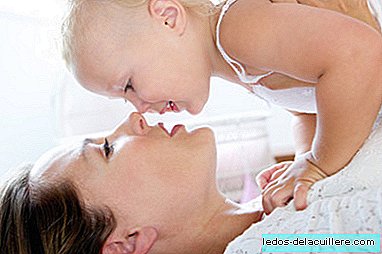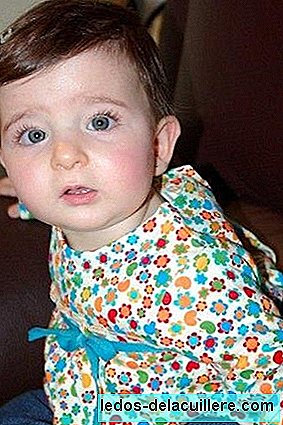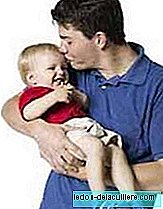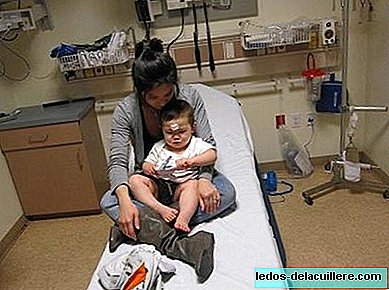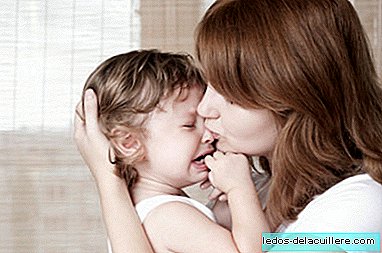
We continue with the issue of water started last week talking about running water, better known as "tap water".
The running water is destined to the general consumption of the population, however the amount of minerals present in it can be excessive to be consumed by newborn babies and in some cases even by those older than six months.
The quality or drinkability of tap water must meet a series of standards and requirements and in Spain it is regulated by the BOE (RD 2003). Surprisingly, despite the regulation, some case of non-potability in the supply of important Spanish cities has been published.
Tap water It must not contain bacteria, viruses or parasites that may pose a health risk. It must also not contain mercury, hydrocarbons, pesticides, pesticides, organochlorine products or present radioactivity.
The taste and "hardness" of water are determined by the amount of minerals they contain. The recommended amounts are (in mg / l): calcium 100, magnesium 30, chlorides 25, sulfates 25, sodium 20, potassium 10, fluorine 1 and aluminum 0.05.
The problem is that these recommendations are already somewhat high for what an infant needs (or can tolerate) and in many communities these amounts are exceeded. It would be necessary to be informed of the concentrations of minerals in the water of our Autonomous Community, and especially of our area, to see if they are suitable for the consumption of babies.
The Ministry of Health and Consumer Affairs offers the SINAC tool (National System of Information on Water for Consumption) that guides on its quality. But nevertheless does not specify the values that we would have to take into account to know if the water is adequate.
What concentration of minerals in water are suitable for babies?

Looking at this table you will see that the national recommendations are somewhat fair compared to what babies need.
The reality is that 52 of 106 Spanish cities, especially in coastal areas, have drinking water with sodium levels greater than 100 mg / l and this is clearly excessive.
The recommendation on tap water would be, in order:
- Find out what is the composition of the water in our community.
In a next post we will talk about the risks that excess minerals produce in the waters and leave for the fourth and last entry the issue of bottled waters and their classification.




